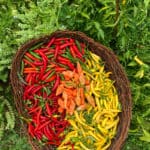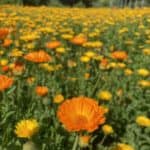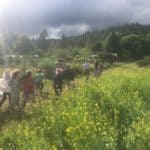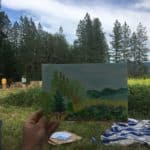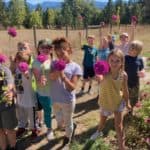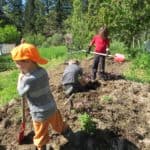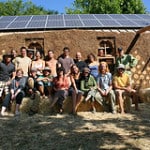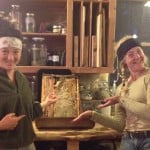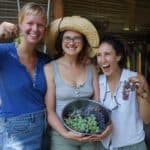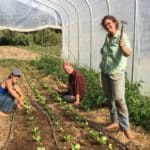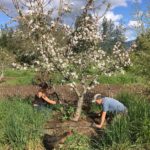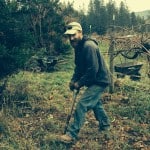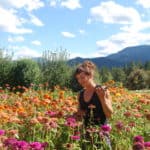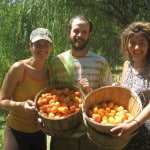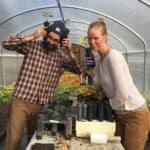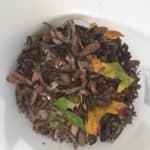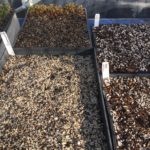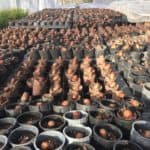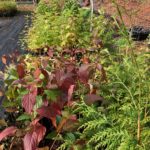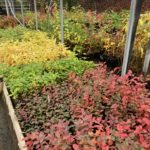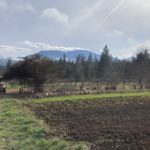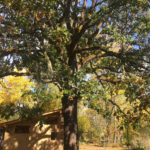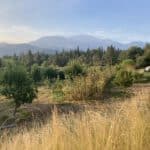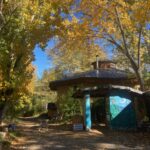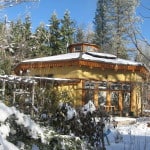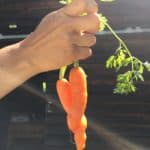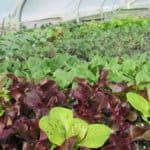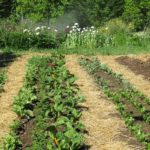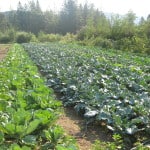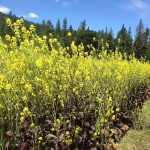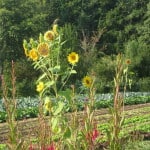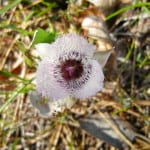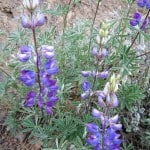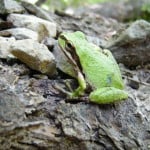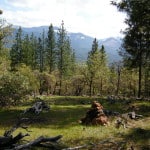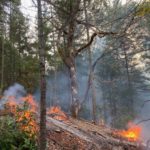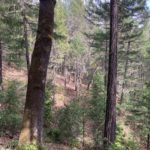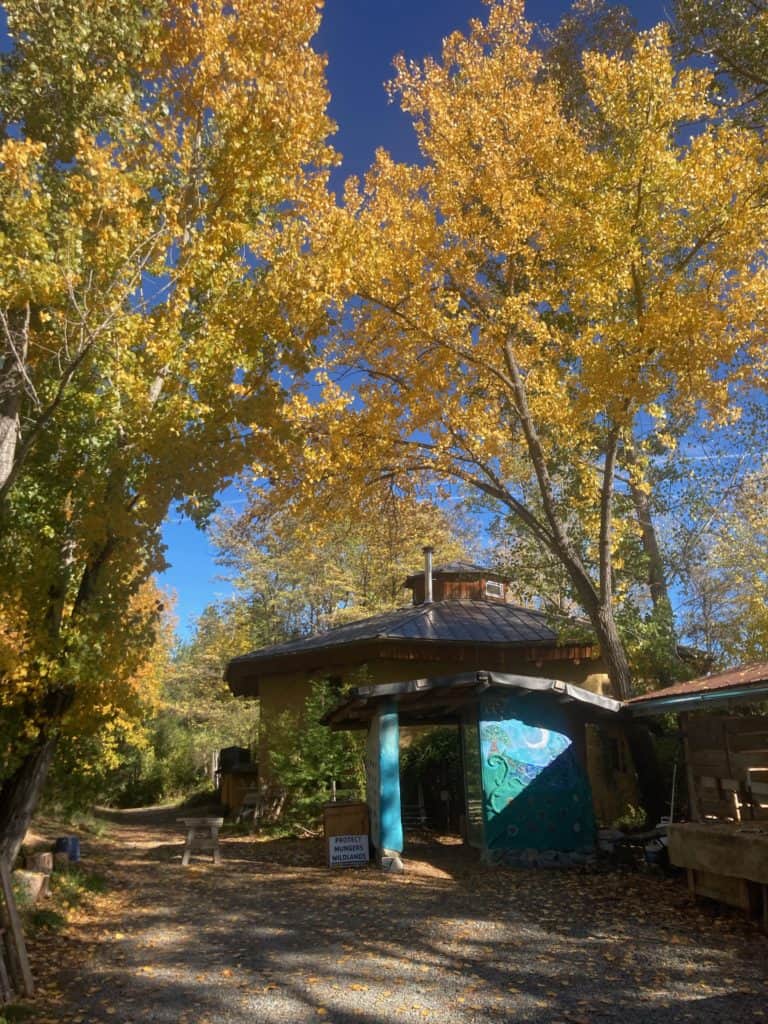
Restoration
By Taylor Starr, Director
Given the challenges facing the world these days, it is easy to be pessimistic and even despondent about our future. The smoke and fires start earlier every summer and last later into the fall. Drought conditions are worsening, and the pandemic and political polarization seem to continue unabated. And yet each fall with the return of the rains, the growth of newly planted cover crops, the arrival of school groups, and the planting of young trees, hope is renewed and anything again seems possible.
Fall is truly the season of rebirth in our Mediterranean climate. This October we were blessed with abundant rains, and seemingly overnight, smoky skies became clear, leaves turned their most vivid colors, and robins descended on the madrone berry crop in numbers not seen in decades. Now even in late November as I write, their songs reverberate through the forest as they feast. I am heartened by their joy and their numbers, and reminded that despite the challenges our community and our world face, there is good work to be done, and it is best done with a song of joy.
This year has presented us ample opportunity here at White Oak Farm to whistle while we work. Children returned for school visits in Spring and Fall, and the education programs in the Williams and Ruch school gardens were expanded and improved in their second years. We also hosted two weeks of summer farm camps, including the first year of Teen Camp, which was a big success! On the Farm, thanks to generous donations and partnerships with A Greater Applegate, Rogue Valley Farm to School, and the Josephine County Food Bank, we were able to distribute thousands of pounds of fresh organic food to local food banks, schools, and families free of charge. We also had a great year producing seed crops of sunflowers, zinnias, calendula, winter squash, milkweed, greens, and beans for small farmers and gardeners around the country. In the Native Nursery we took a big leap this year, producing over 50,000 trees and shrubs for riparian restoration and native landscaping.
Some of our most exciting work in 2021 took place in the forest that covers the steep hillsides behind the Farm. This year we partnered with the NRCS and local forester Josh Weber to thin 16 acres of mixed conifer and hardwood forest on the western half of the property. These woods were previously so thick with small diameter Douglas Fir and Poison Oak that they were rarely visited.
After a winter of carefully designing a prescription, cutting small trees, piling and burning the branches, and leaving larger wood for firewood, habitat, or to decompose into the soil, the project area is healthier, more fire-safe, and more wildlife friendly. This work will continue in 2022 on the eastern half of the Farm and into the future with the development of more trails, signage and educational opportunities.
At the heart of this year of hard work and new programs is our commitment to restoration: repair, renewal, and reinvigoration. We are focusing our efforts more and more in this vein: restoration of our woods, of local riparian corridors and burn zones, of our soil, and of local pollinator communities, school gardens, and food systems. These efforts are impactful because their timeline is long. When sprouting thousands of acorns or burning piles of branches in our woods, the payoff is not measured in dollars, but in future cascading positive outcomes. Perhaps an acorn will become an old growth oak someday, shading a stream with healthy salmon runs, providing food for critters and people, and offerings its branches for children to climb. Restoration is also an act of restitution, an attempt at making good for past actions gone wrong. In riparian restoration work, one of the signs that a project is successful is when beavers move back to an area and do their work. By taking down trees to build their dams beavers provide habitat, recharge water tables, reduce erosion and improve water quality. There is poetry in this planting of trees to encourage another to cut them down, but it is this very complexity and long-term impact that makes the effort so important and so satisfying.


